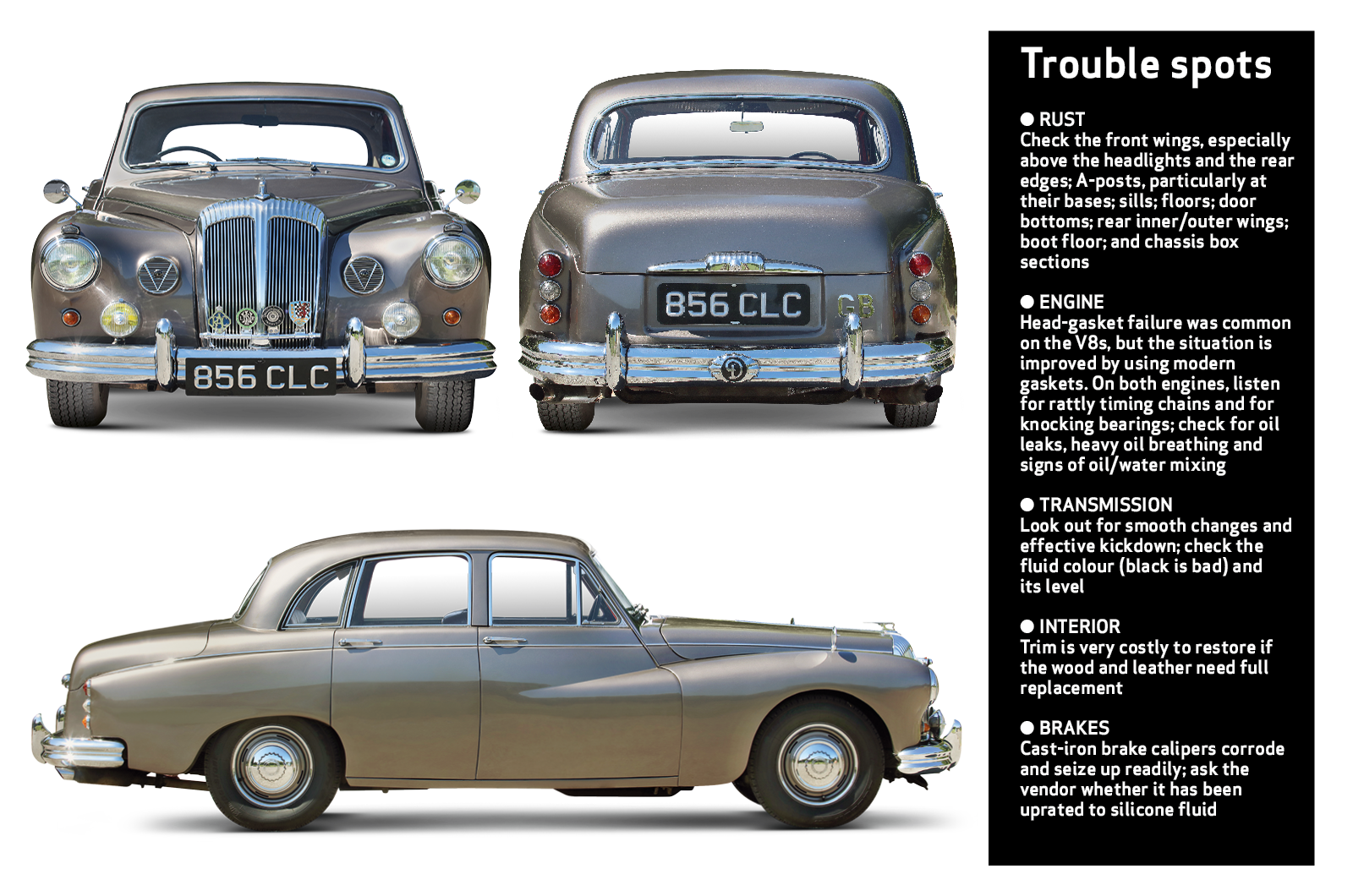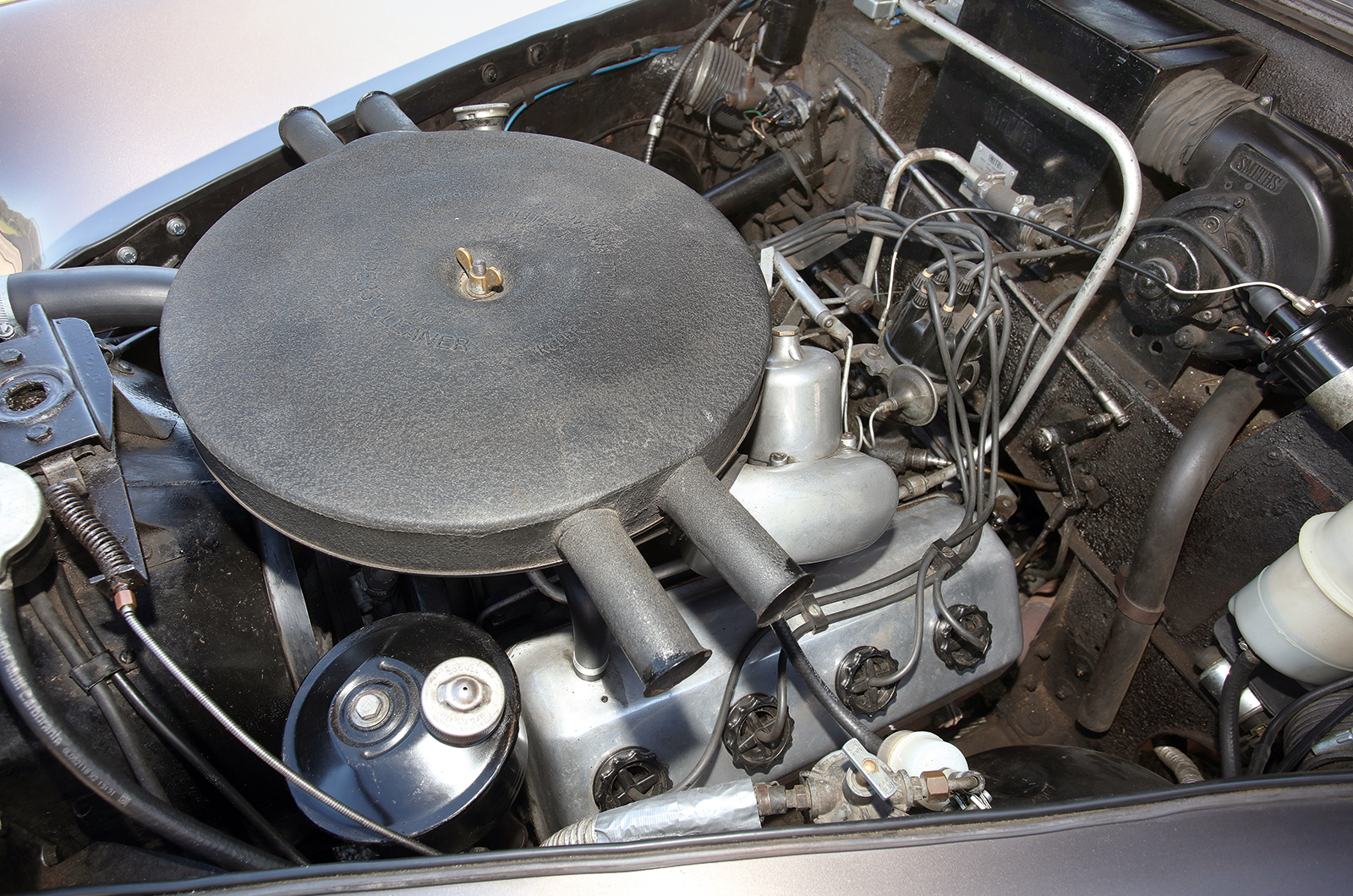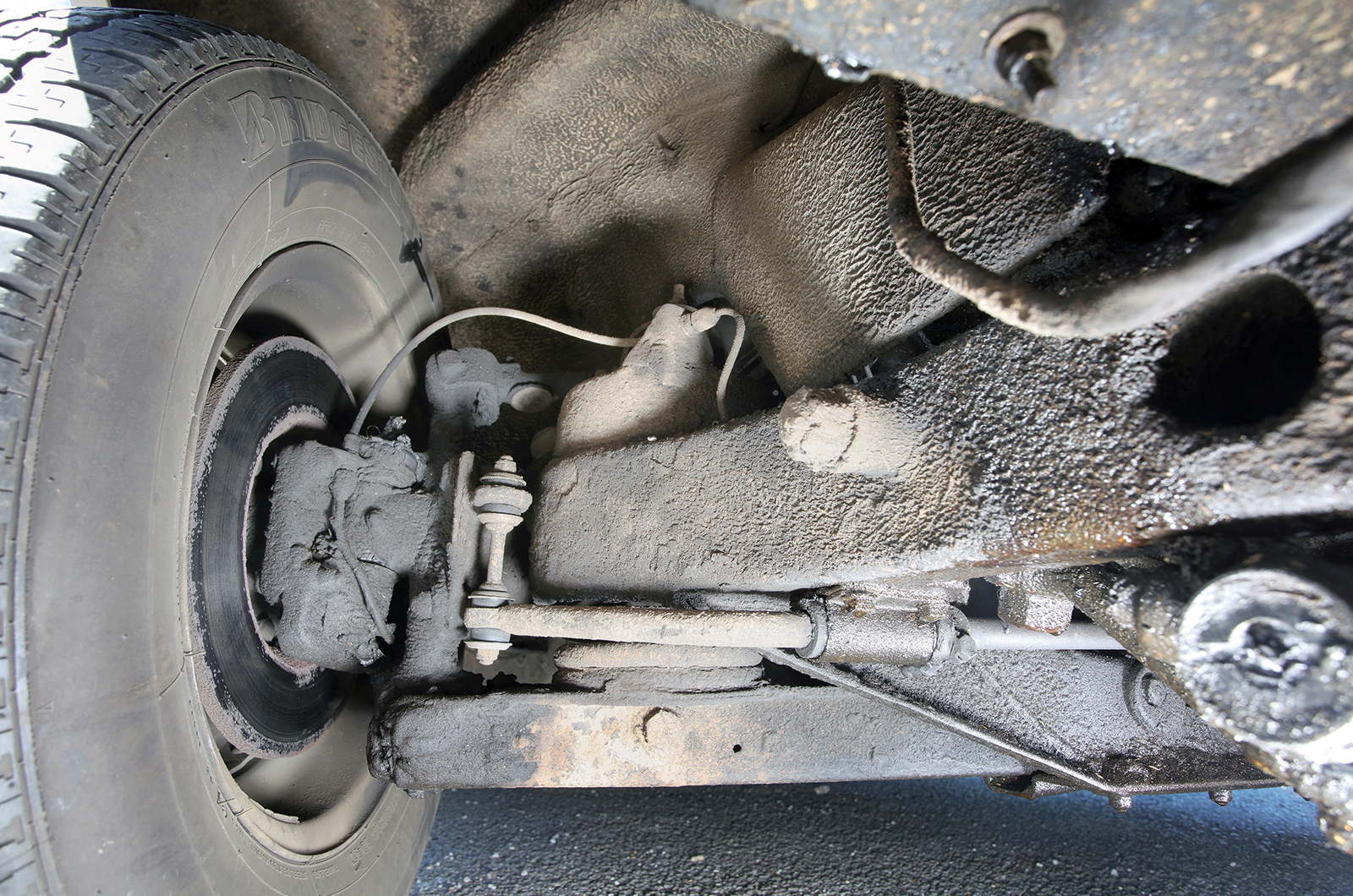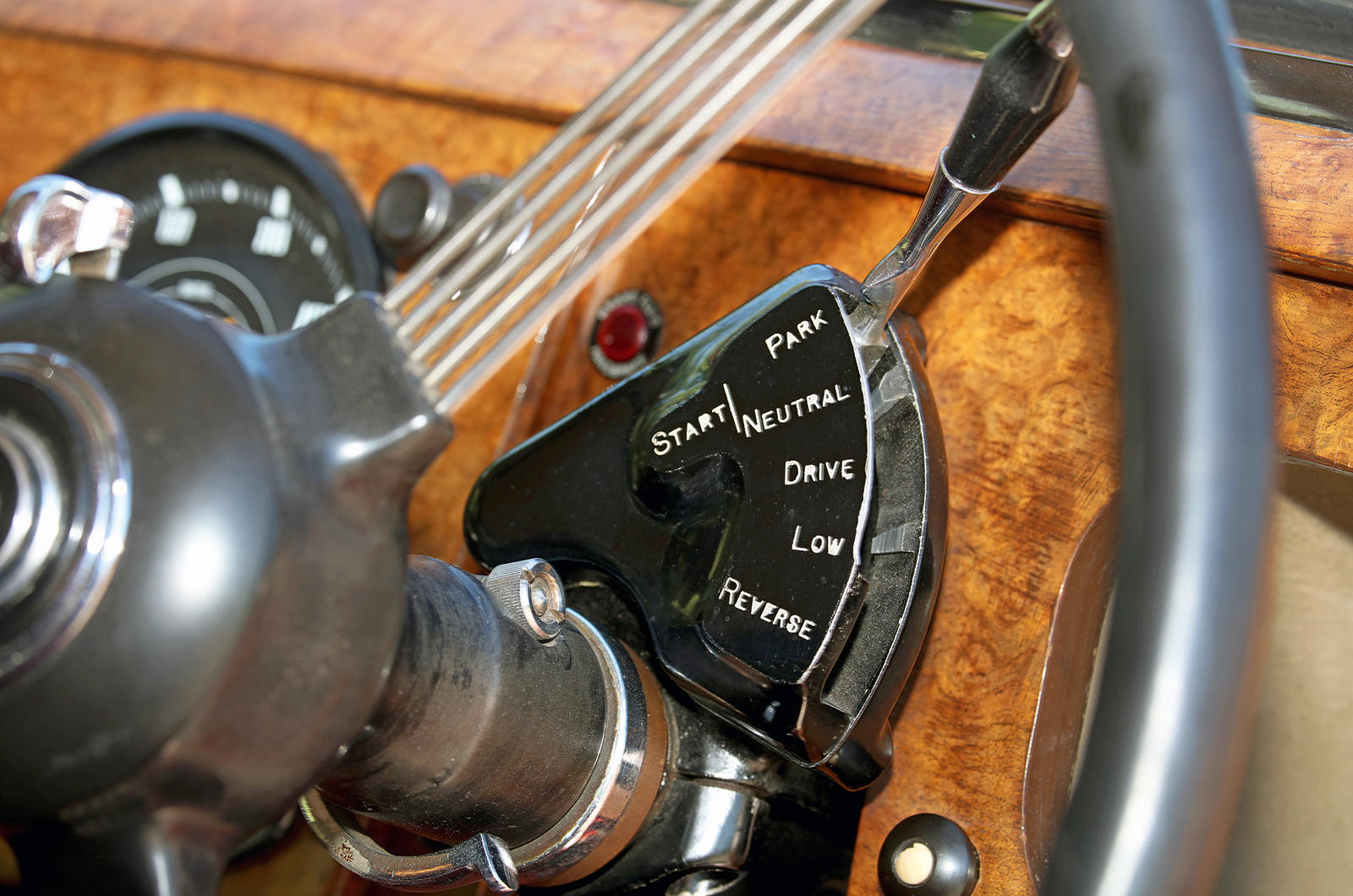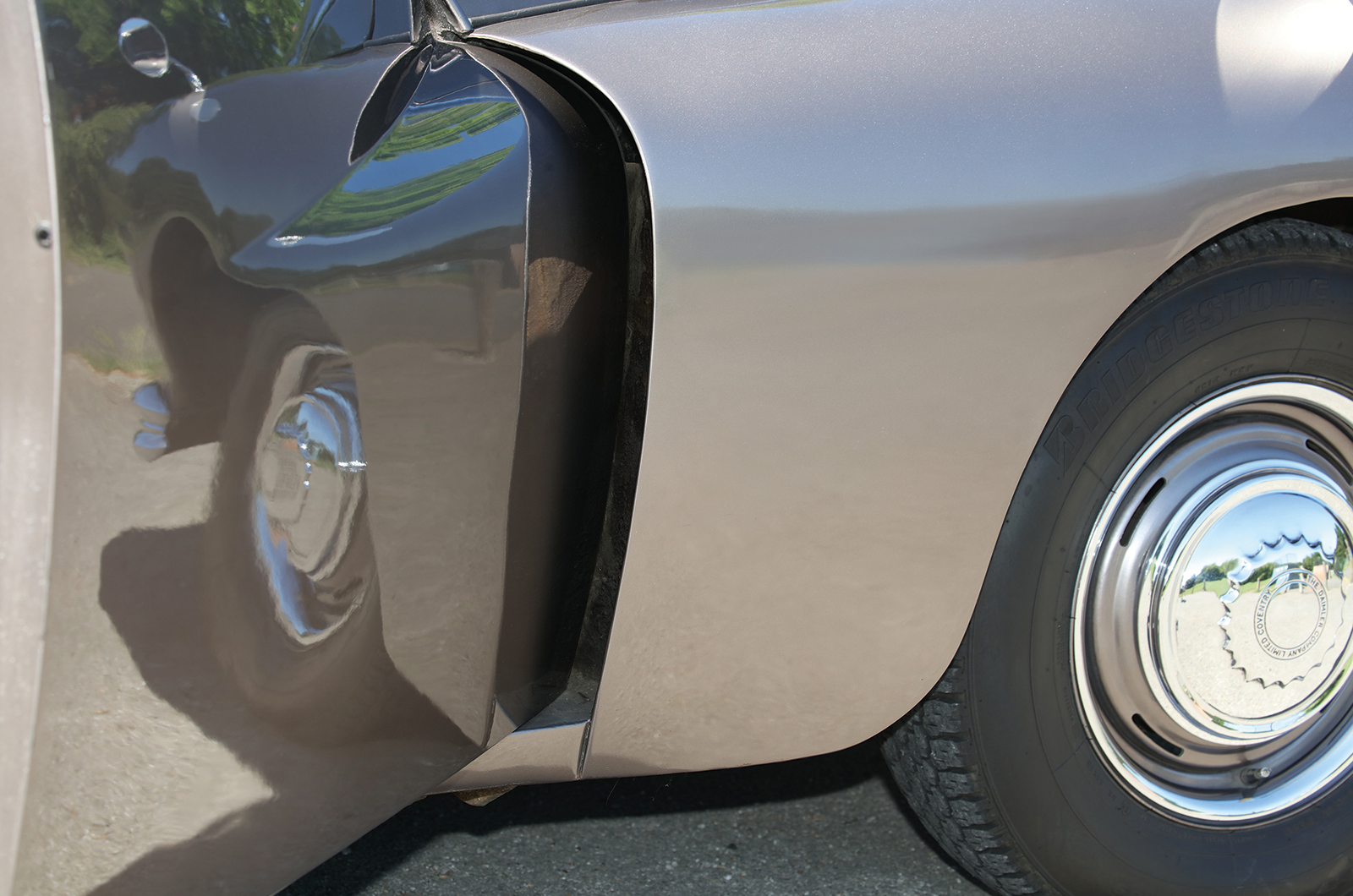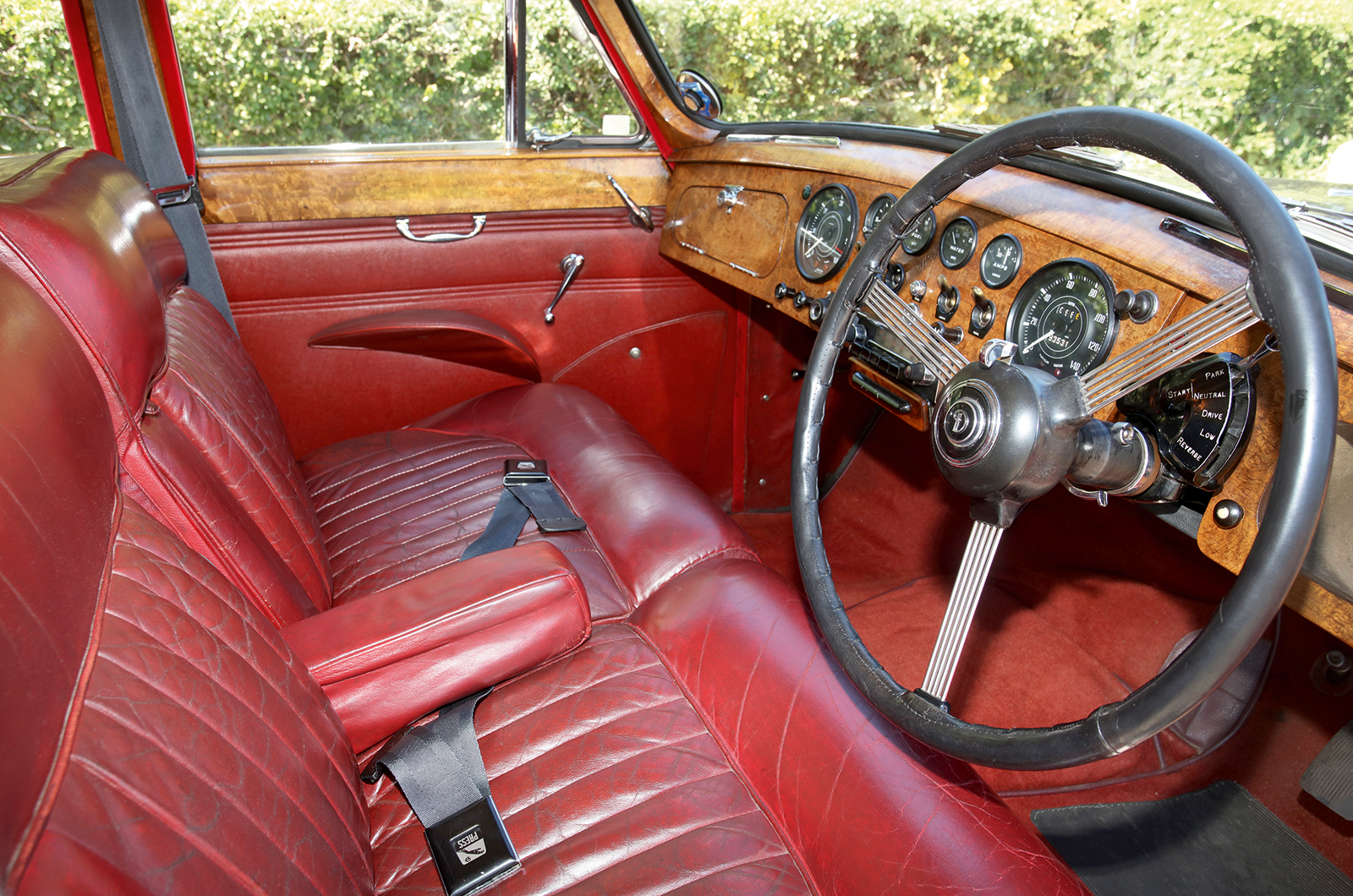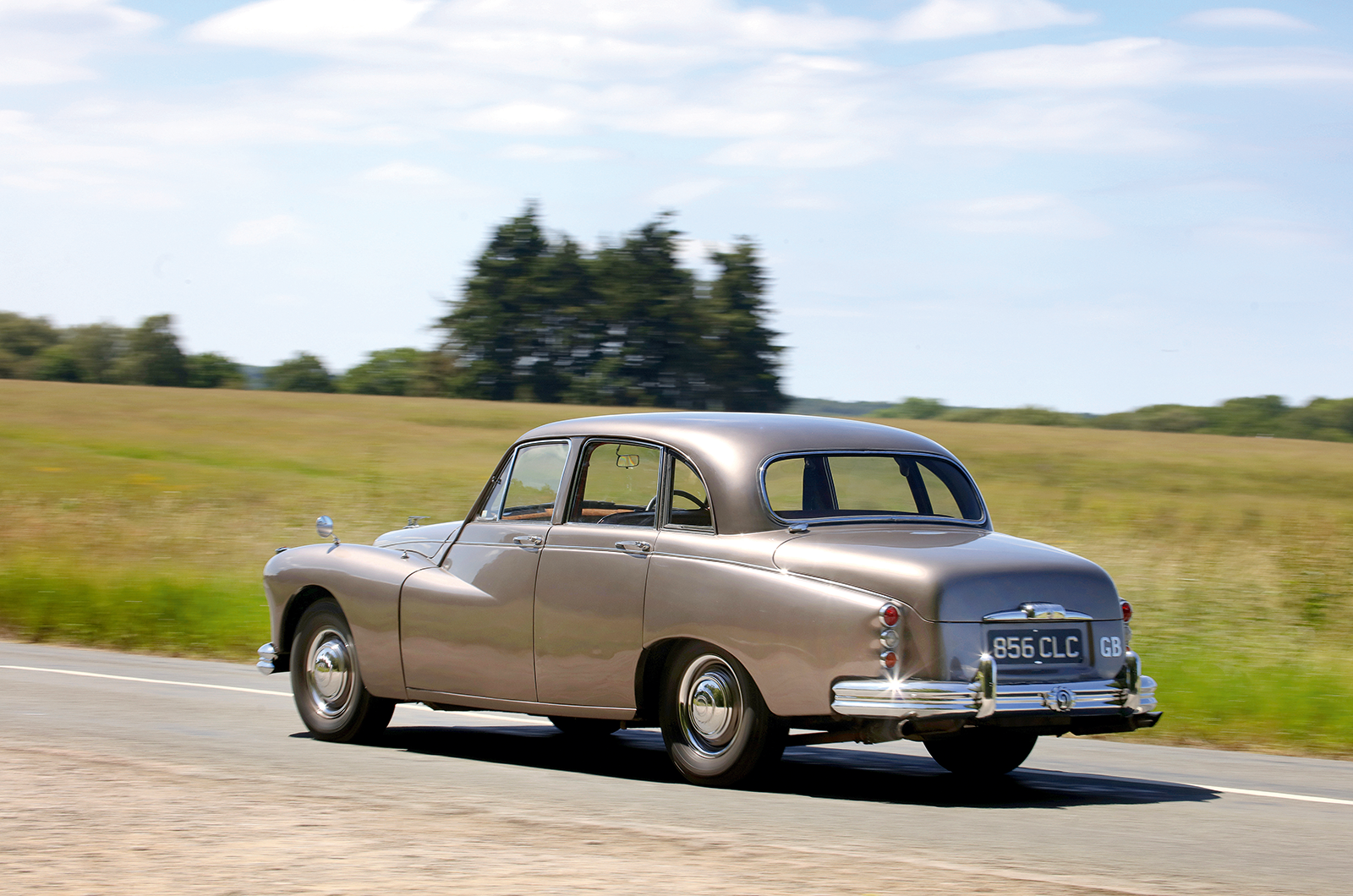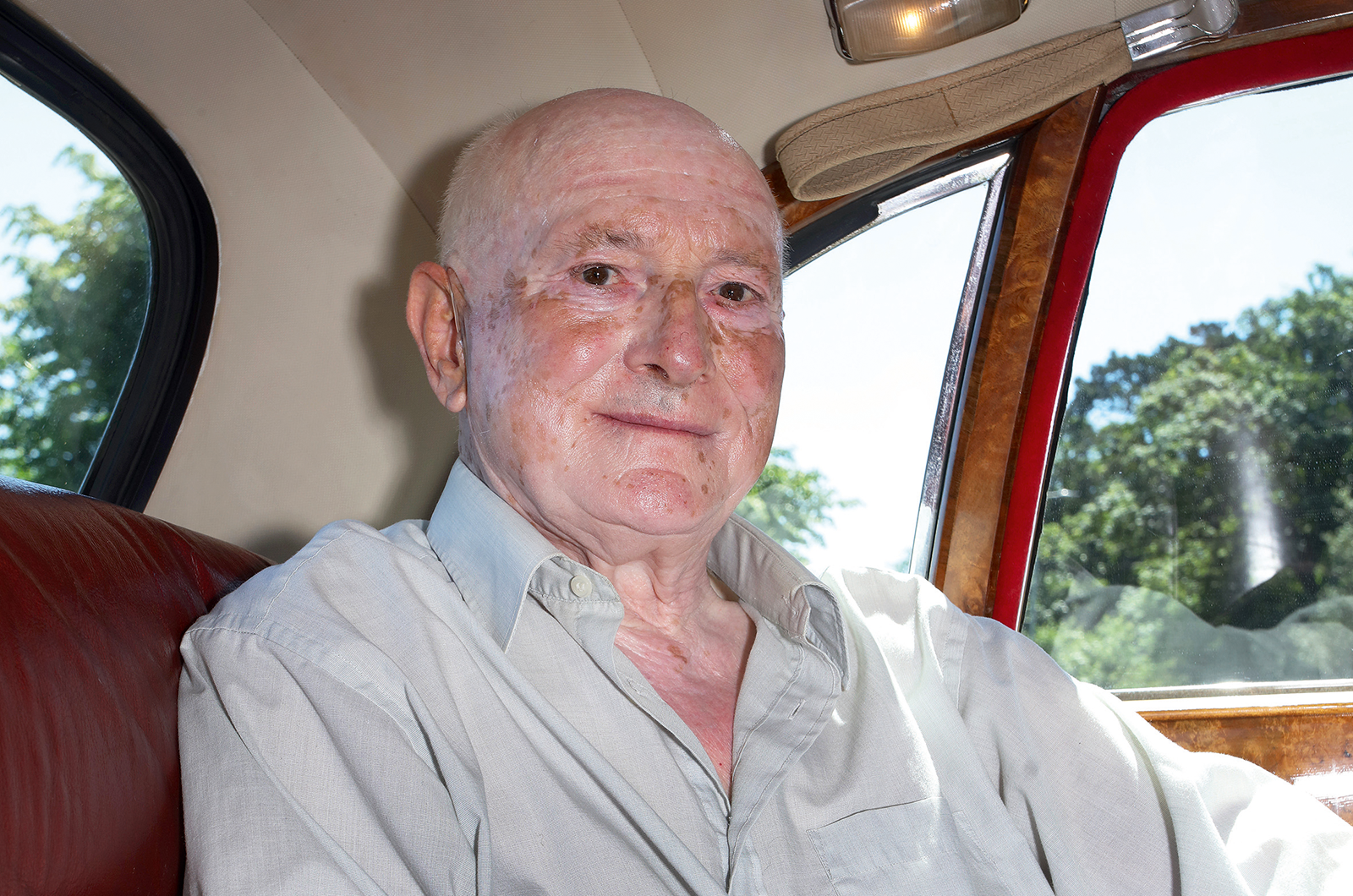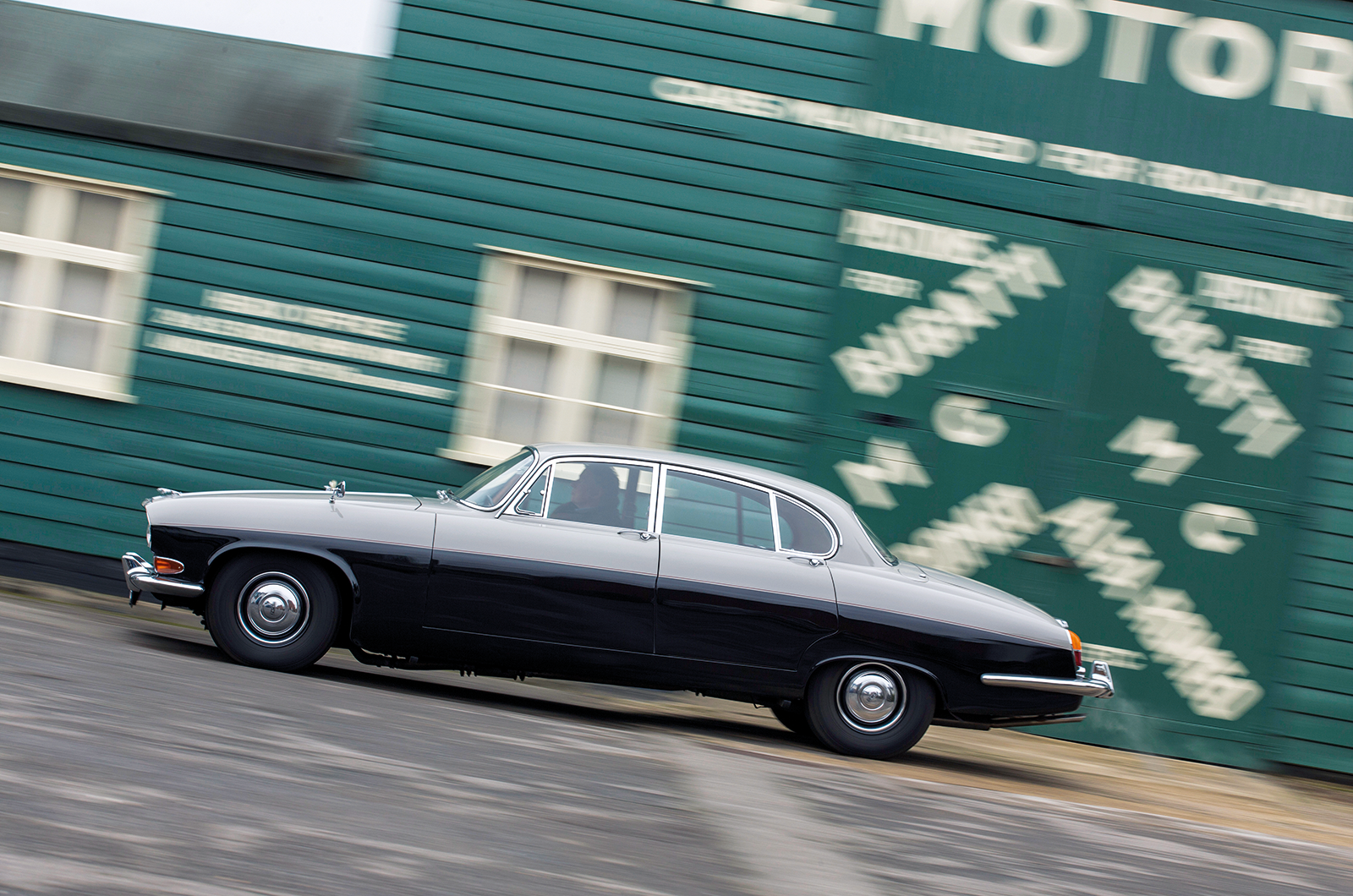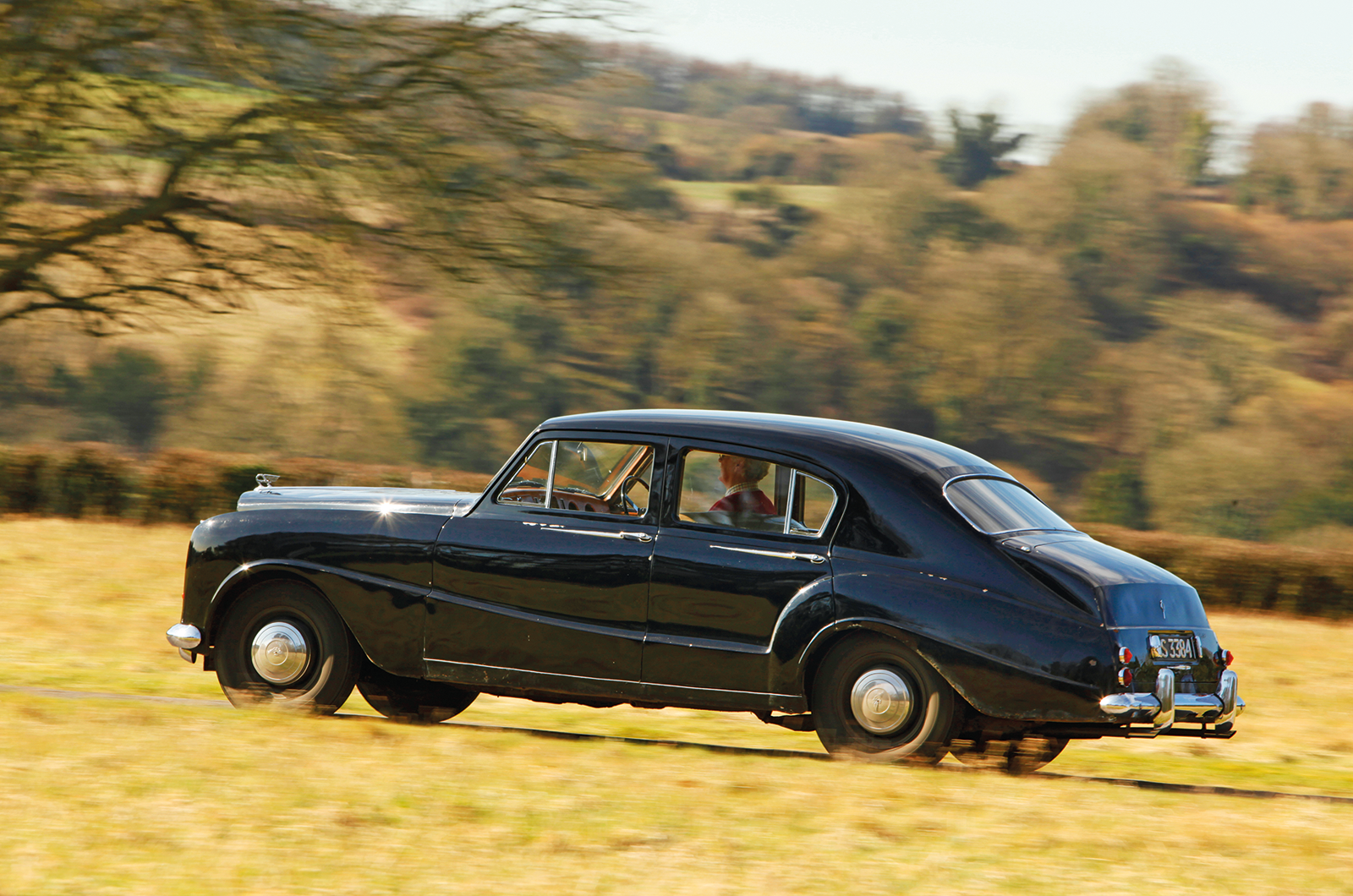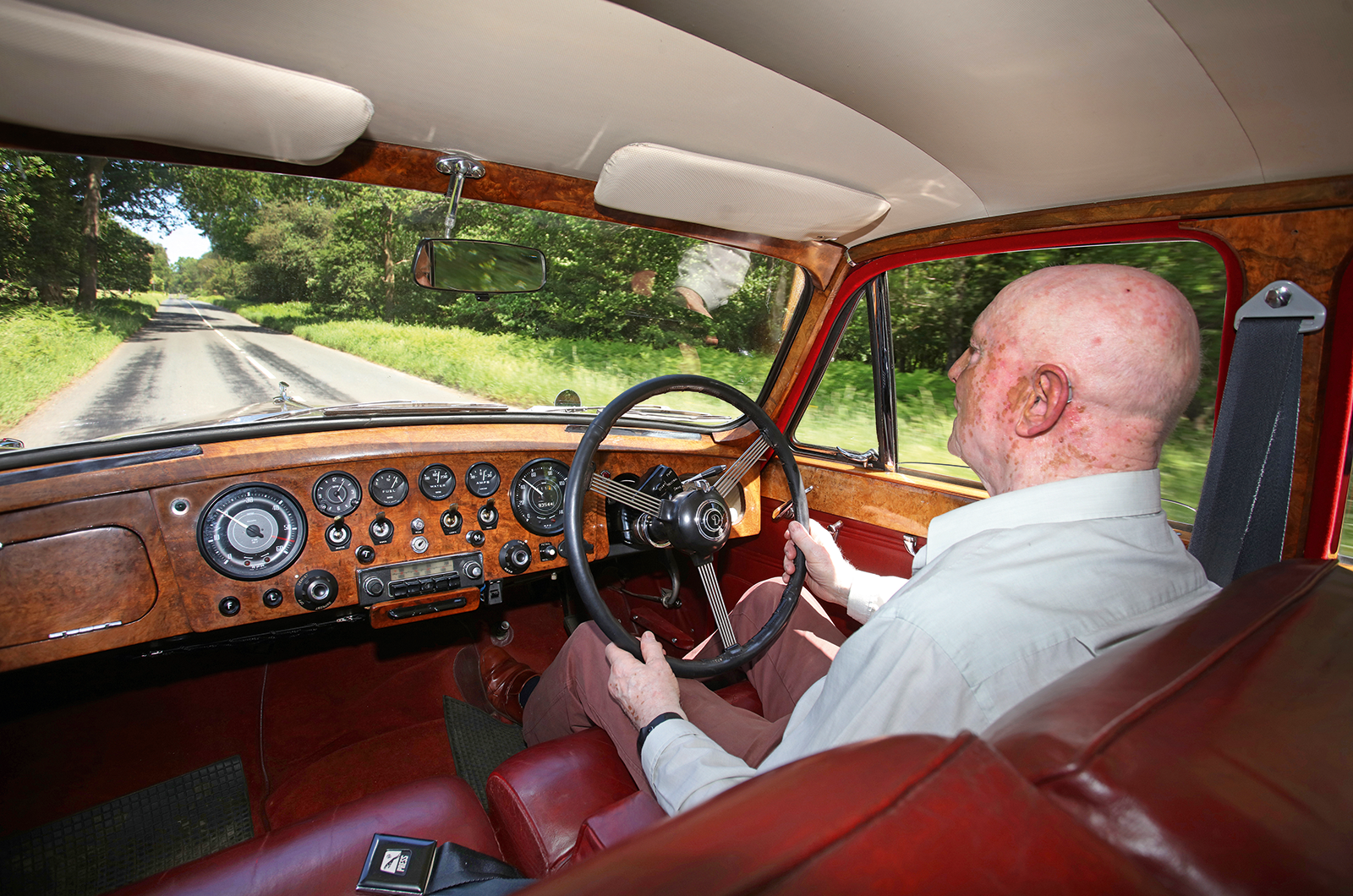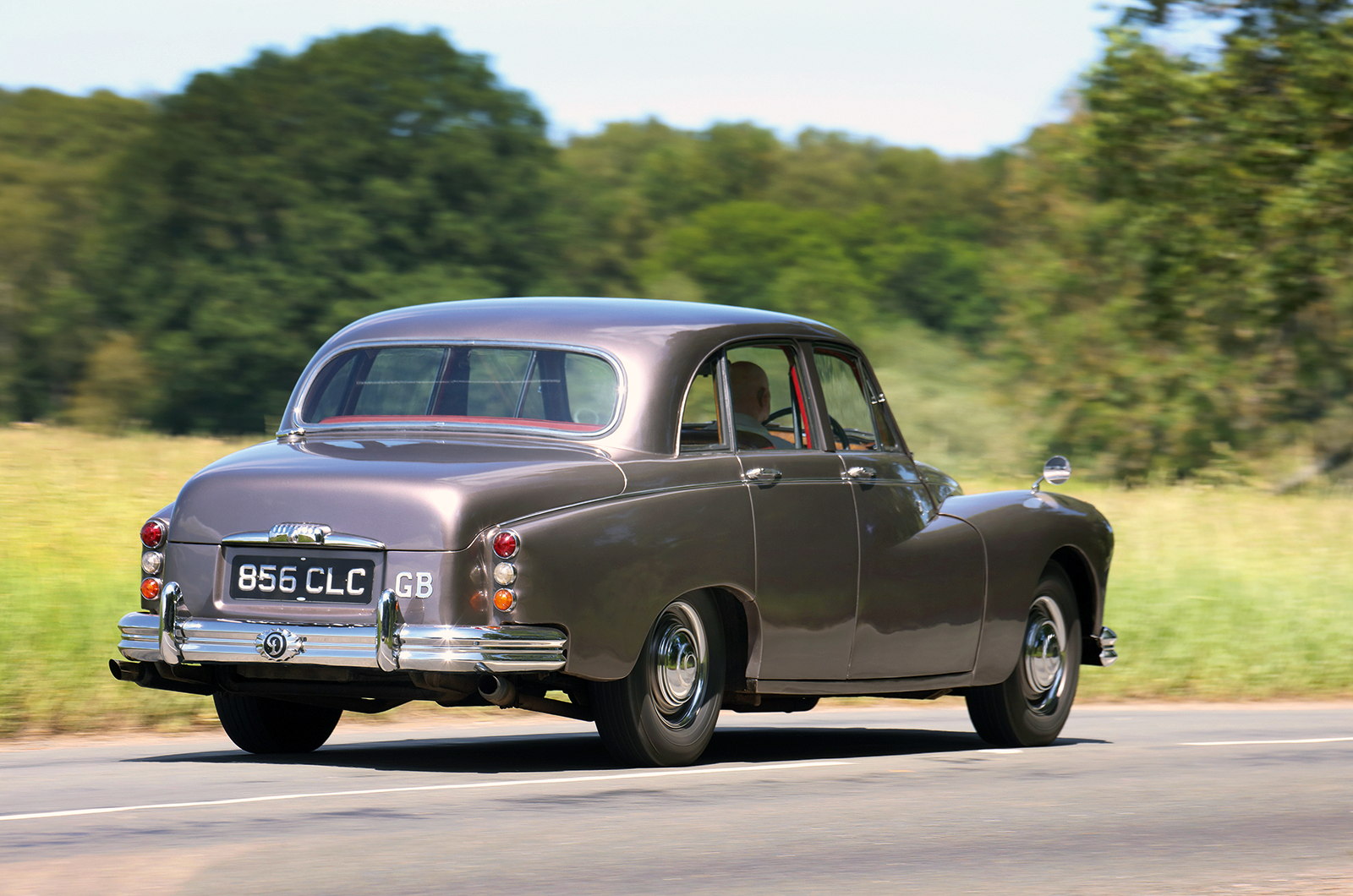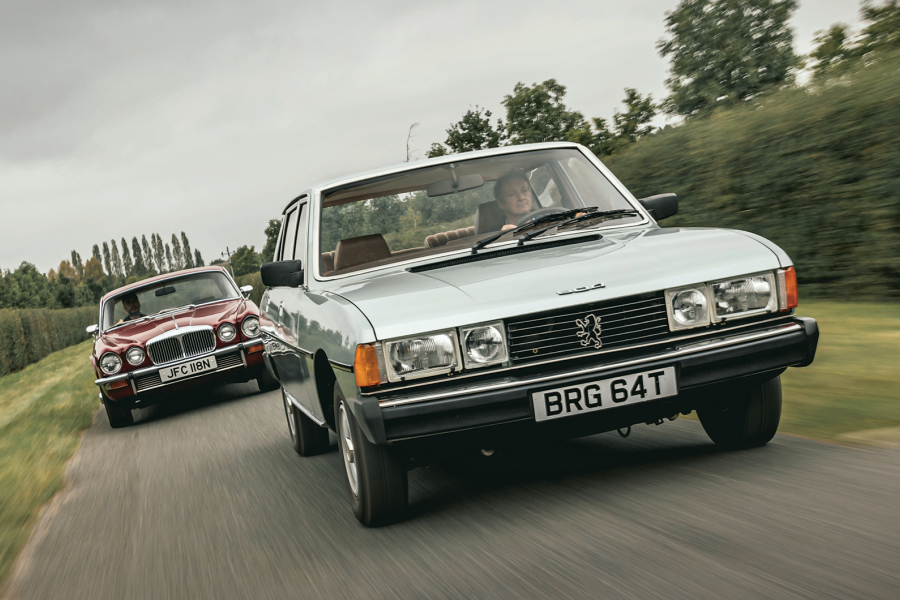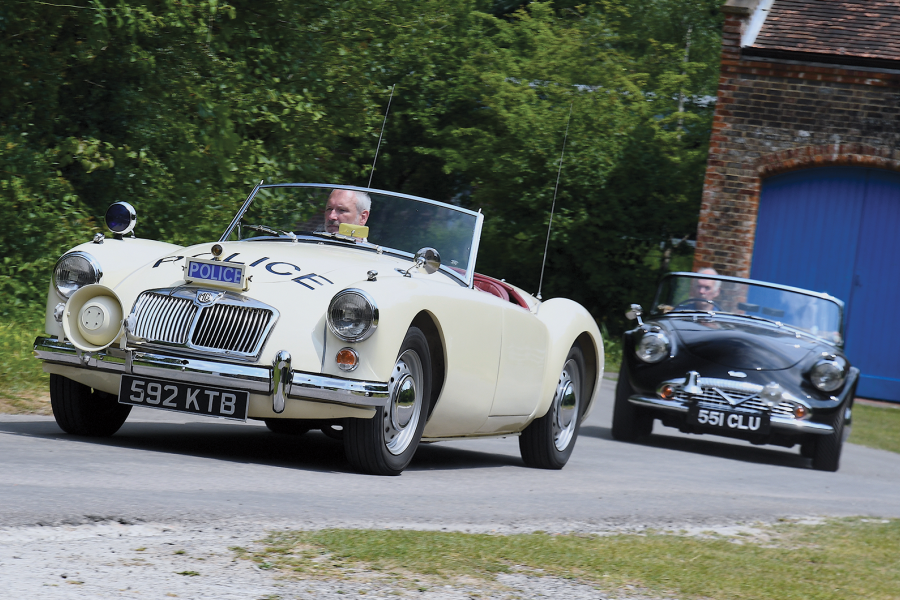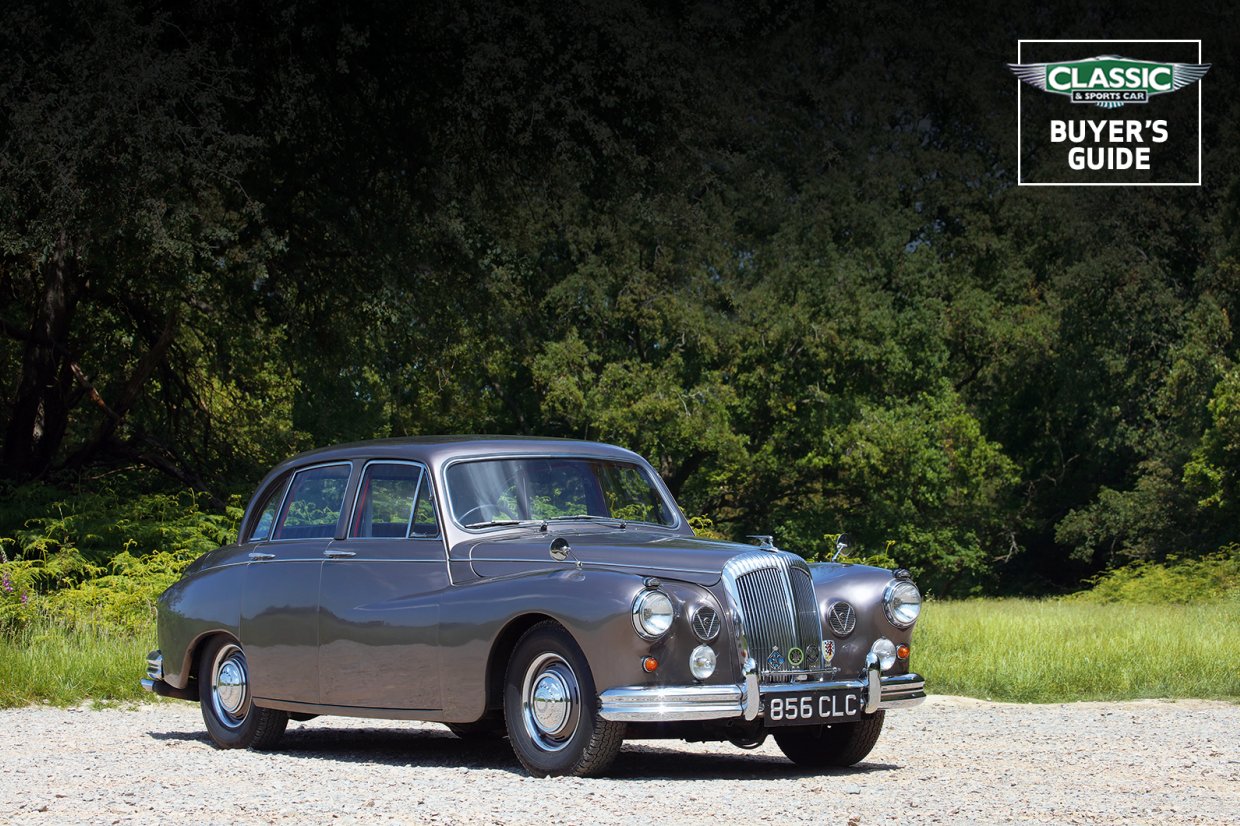
Why you’d want a Daimler Majestic
Sales of the Daimler Majestic were hampered when it was new by its dated look and obsolete separate-chassis coachbuilt construction.
Conversely, these features add to its appeal today because they emphasise its traditional British qualities – characteristics that are certainly not normally found with servo-assisted four-wheel disc brakes, let alone with the option of a 4.6-litre hemi V8 under the bonnet.
Unusually wide for its day, the Majestic is delightfully spacious, wonderfully comfortable and exceptionally well equipped.
The high standard of finish makes restoration of a neglected car potentially very expensive, albeit all manageable by the enthusiastic amateur because everything is hand-finished.
Period road tests complimented the handling of this big car, with its minimal roll and gentle understeer; the Majestic had ponderous steering, but the Majestic Major enjoyed power assistance initially as an option, but soon as standard.
The Major’s oversquare V8 engine was a tour de force by Edward Turner, adding 50% more power for a 20% increase in capacity than the ‘six’.
It was 26lb lighter, too, and performance was quite startling for the day, with 0-60mph in 9.7 secs and a 123mph top speed from a car weighing just under two tonnes.
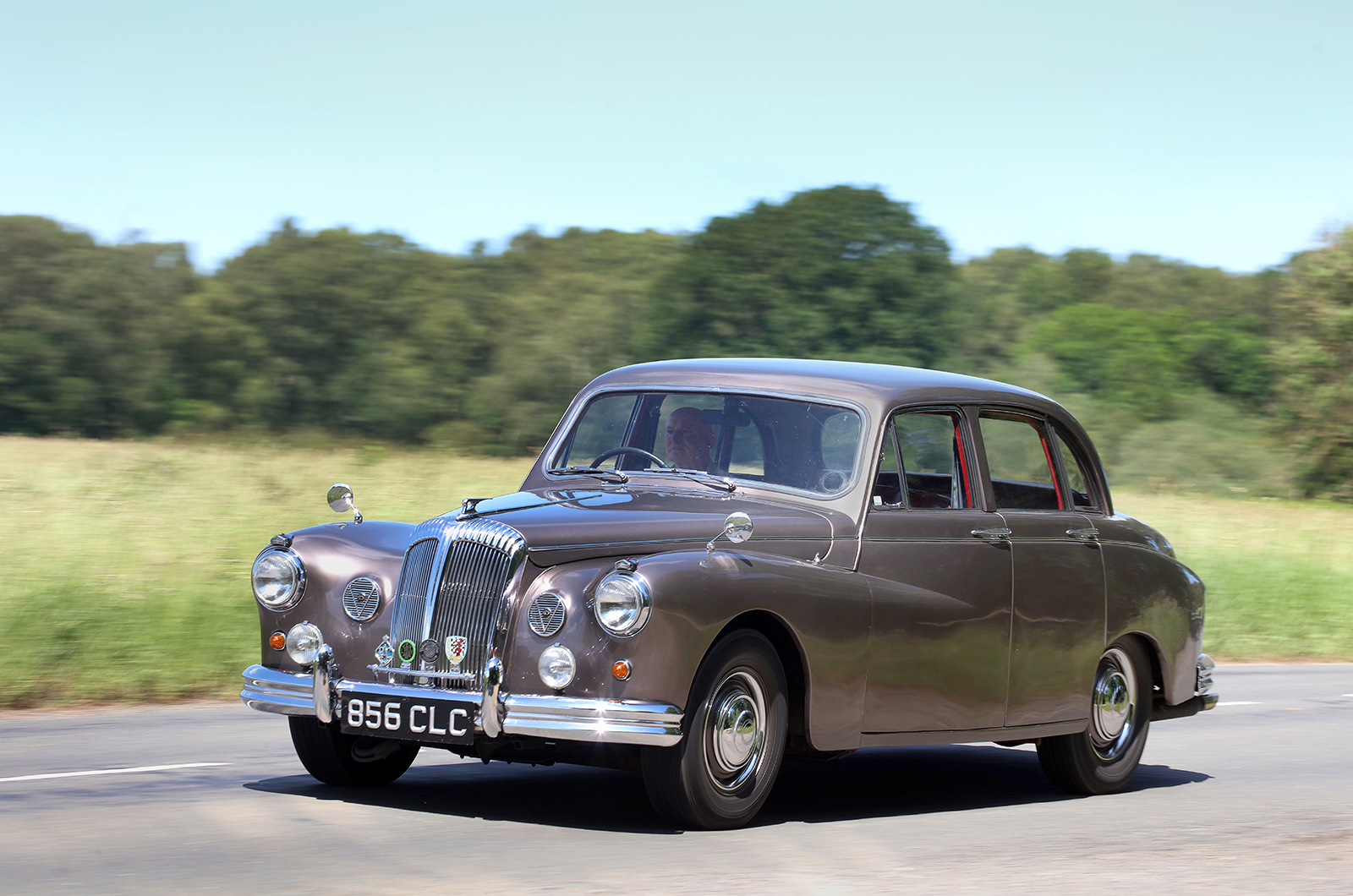
Turner had taken charge of BSA’s motor car division (primarily Daimler) after the flamboyant Sir Bernard and Norah Docker were ousted by the board.

